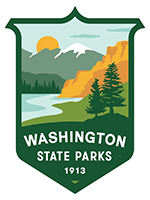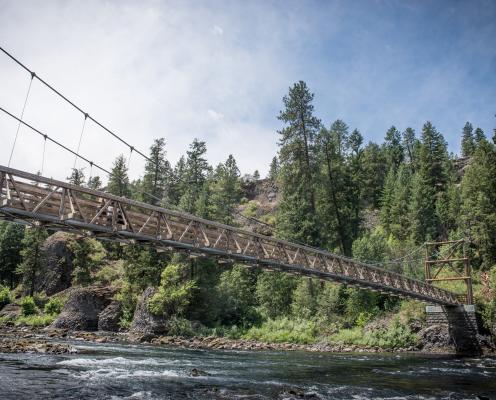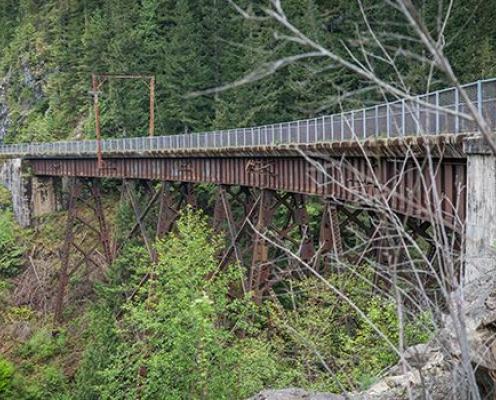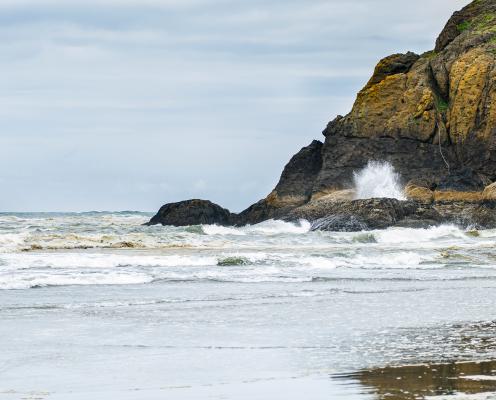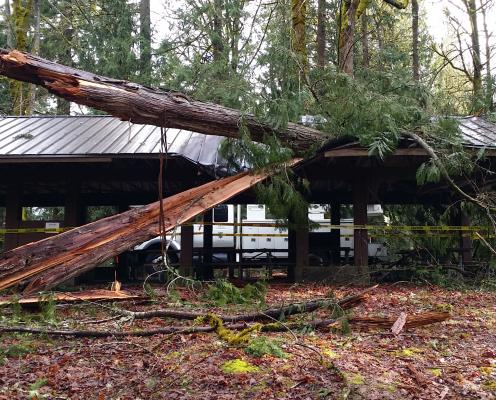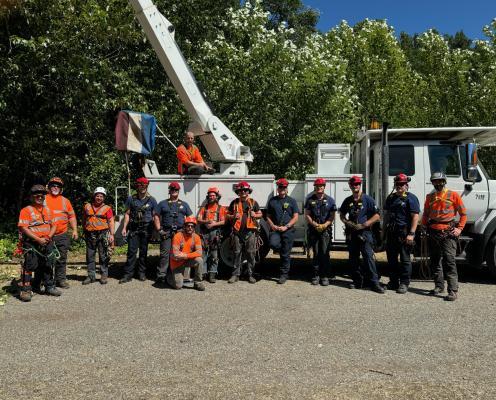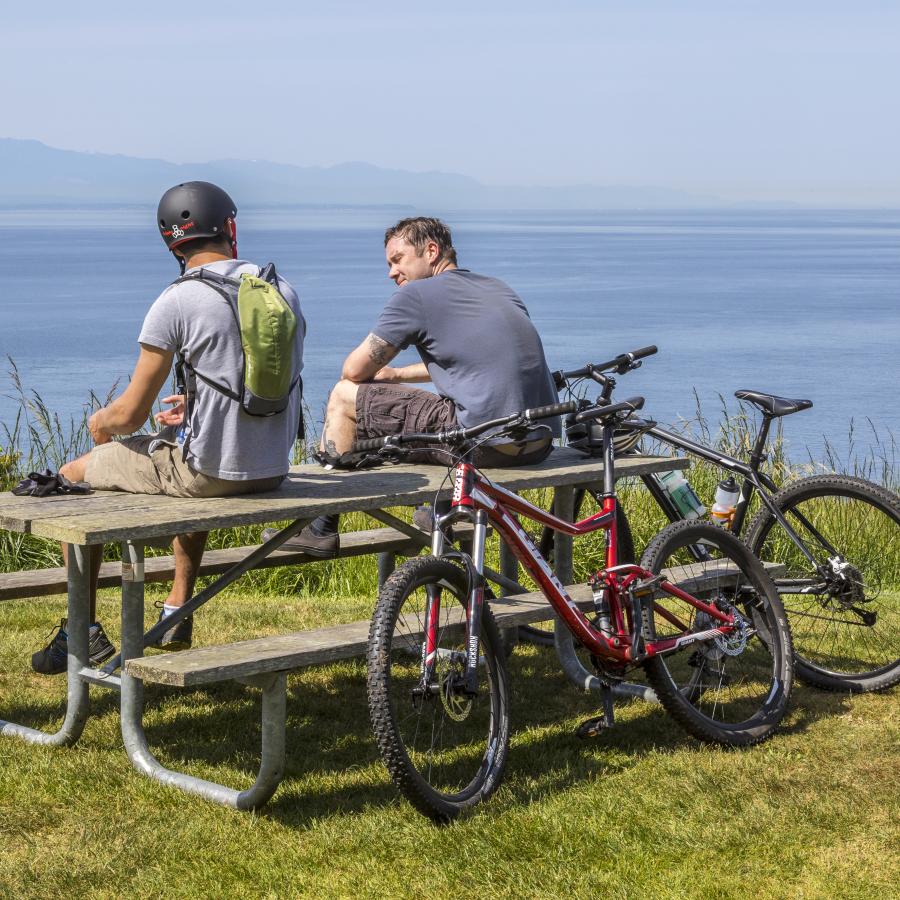
Biking
Rules & safety
Before biking in state parks, there are some important rules and considerations to keep in mind:
Wear appropriate gear
We encourage all of our cyclists to wear a helmet, even on short rides. Consider putting on other protective gear, like knee and elbow pads, to protect yourself in case of falls or accidents.
Know the trail
Research the trail you plan to ride in advance and be aware of any potential hazards or obstacles. Respect trail closures and the natural environment by staying on designated trails.
Share the trail
Be courteous to hikers and other bikers by politely announcing your presence, slowing down when passing and yielding the trail when necessary. Hikers should yield to cyclists and cyclists should yield to equestrians.
Carry essential supplies
Bring enough water and snacks for your ride and consider carrying a basic repair kit that includes a spare tube, tire levers, pump and multi-tool in case of a mechanical issue.
Let a friend know your plans
Cell reception can be spotty in many areas. Always let someone know where you are going and when you plan to be back.
E-Bikes in the parks
Class 1 and 3 pedal-assist e-bikes are allowed on non-motorized and long-distance trails. All classes of e-bikes are allowed on roads within a State Park. Learn more about e-bikes in the park by downloading the Information Sheet (PDF 239 KB).
Popular parks with Biking
Getting started with Biking
If you're interested in getting started with bicycling, here are some things you should know.
Bike types
There are many types of bikes available, including road bikes, mountain bikes, hybrid bikes and more. Consider what type of biking you'll be doing most and choose a bike that's suited to your needs.
Safety gear
Always wear a properly fitting helmet and consider investing in other safety gear, such as reflective clothing, lights and mirrors.
Maintenance
Keep your bike in good working order by checking the brakes, tires and chain regularly. Learn basic bike maintenance skills, or take your bike to a professional bike shop for regular maintenance.
Rules of the road
Familiarize yourself with the rules of the road and follow them when biking on streets and roads. Use hand signals to communicate your intentions to other drivers and trail users.
Start slowly
If you're new to biking, start with short rides and gradually increase your distance and speed. Listen to your body and don't push yourself too hard.
Map & visitor guide
Use the Find a Park Page to see maps and visitor guides for a specific park.
